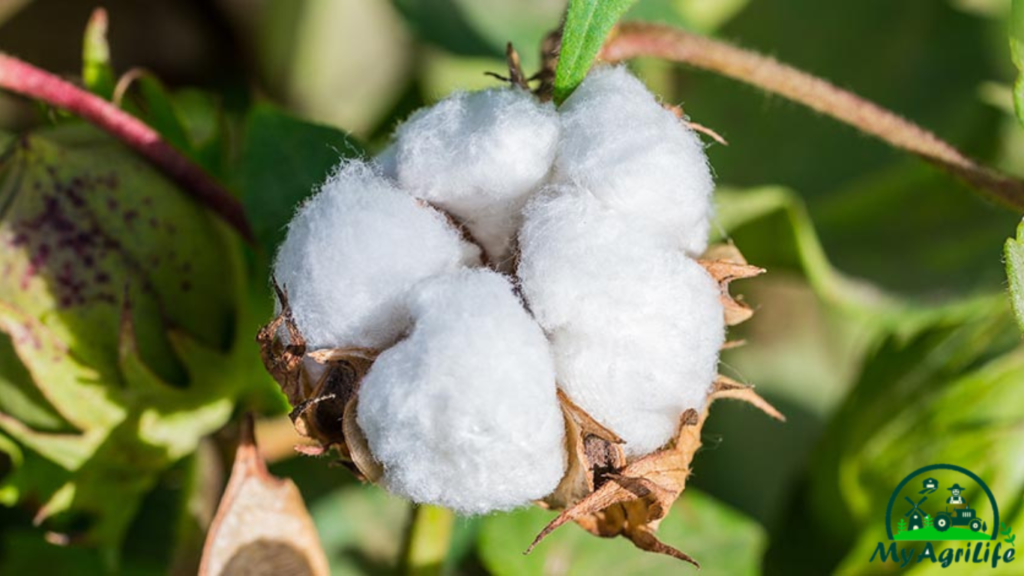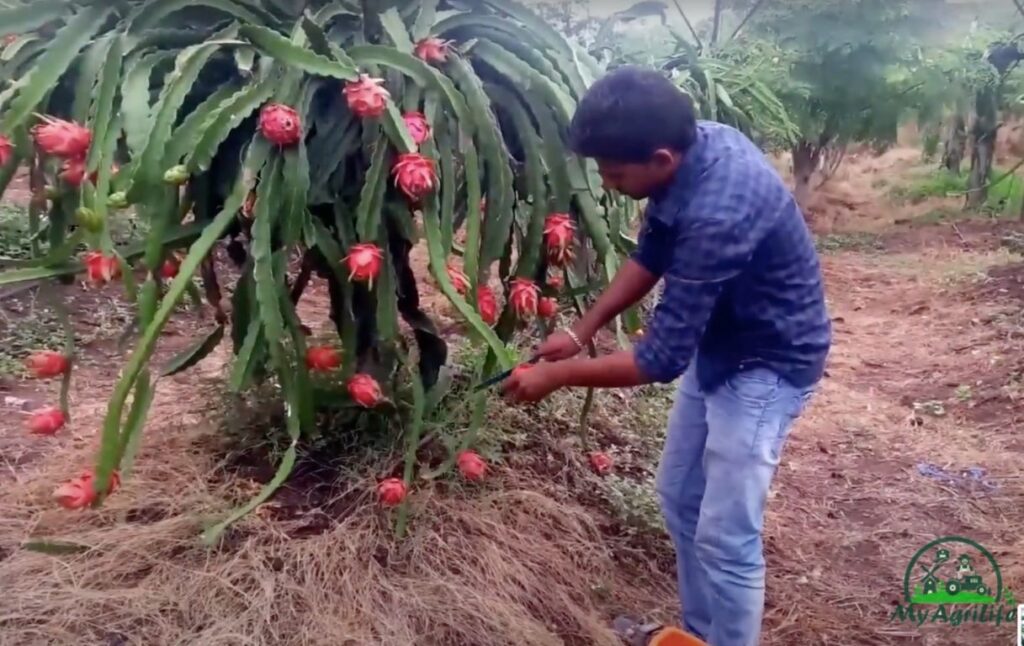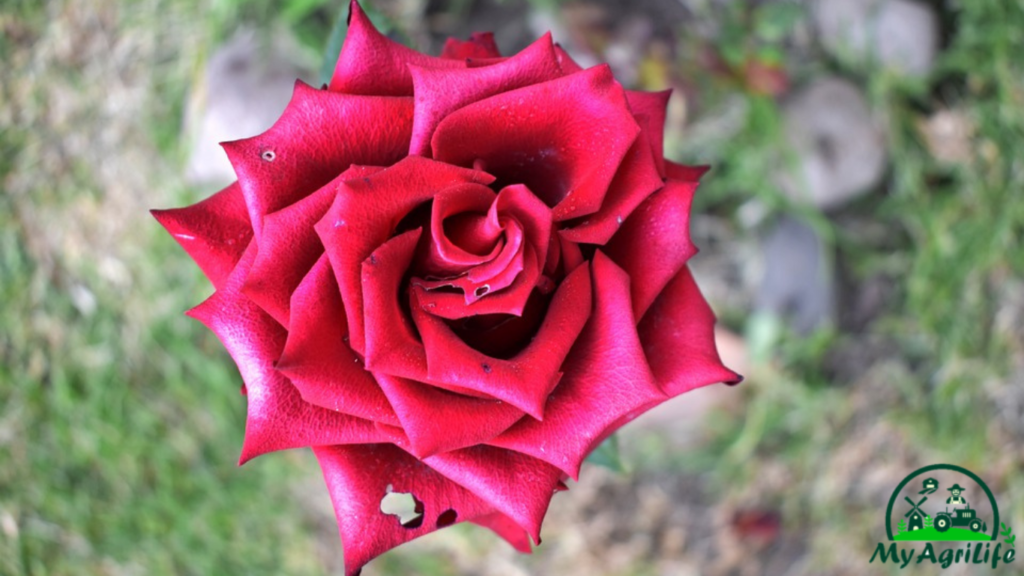
Rose is a flowering plant that belongs to the Rosaceae family. It is widely cultivated for its attractive and fragrant flowers, which are commonly used in perfumes, cosmetics, and as a decorative item.
There are over 100 different species of roses, each with its own unique characteristics and colors. The most commonly known species is Rosa damascena, also known as the Damask rose, which is widely used in the production of rose oil.
Roses have been used for centuries for their medicinal properties, as they are believed to have anti-inflammatory, antibacterial, and antispasmodic properties. In addition, rose water is often used as a natural remedy for various skin conditions.
In many cultures, roses are also a symbol of love and affection. They are often given as gifts on special occasions such as Valentine’s Day, Mother’s Day, and weddings.
Seed Specification Rose
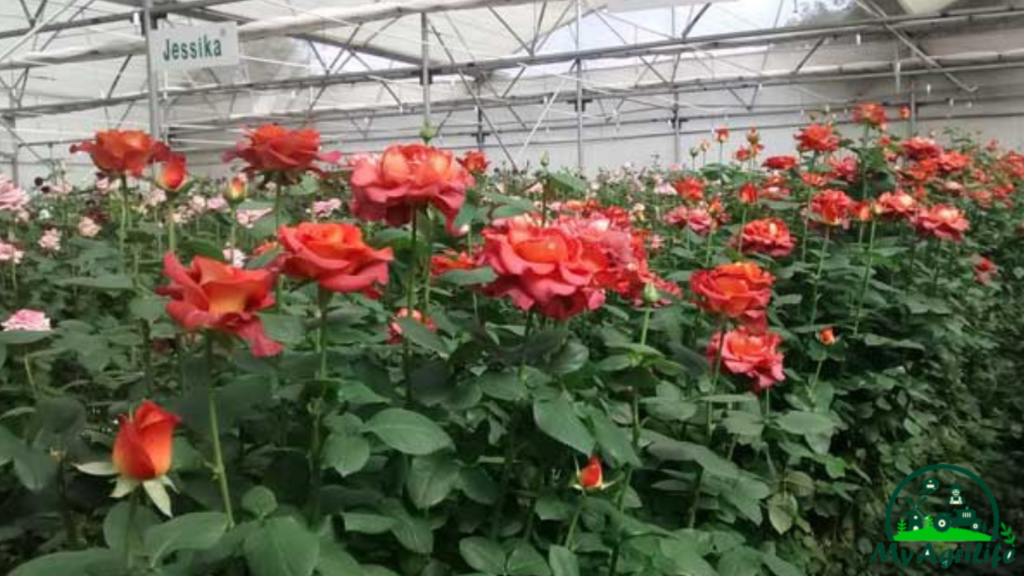
The seed specification for roses can vary depending on the specific cultivar or species. However, in general, rose seeds are small, round, and brown in color. The average size of a rose seed is around 0.5 cm (0.2 inches) in diameter.
Rose seeds require specific conditions in order to germinate, and they may require a period of cold stratification (exposure to cold temperatures) before they will sprout. This process simulates winter conditions and helps to break the seed’s dormancy.
The ideal temperature for germinating rose seeds is between 20-25°C (68-77°F), and they should be planted in a well-draining soil mix. The seeds should be planted just below the soil surface and kept moist but not waterlogged. Germination can take anywhere from 1-6 months depending on the cultivar and growing conditions.
It is worth noting that not all roses are grown from seed, as many cultivars are propagated through other means such as stem cuttings or grafting onto rootstock.
Land Preparation & Soil Health Rose
Land preparation and soil health are important factors to consider when growing roses. Here are some key steps to take:
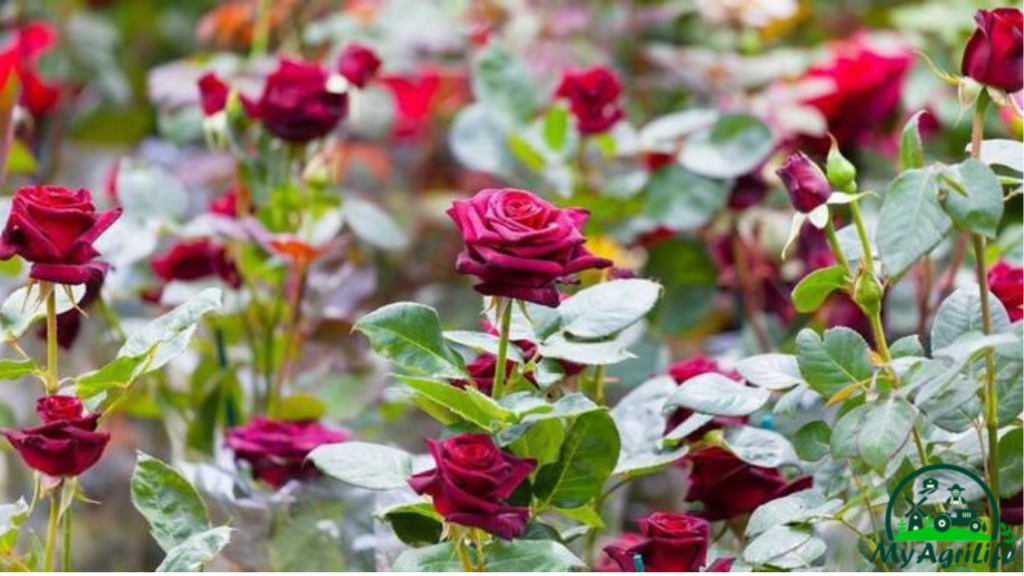
1.Site selection: Choose a site with well-drained soil and good air circulation. Roses prefer full sun, so look for a location that receives at least six hours of sunlight per day.
2.Soil testing: Conduct a soil test to determine the pH level and nutrient content of the soil. Roses prefer a slightly acidic soil pH of 6.0-6.5. If the soil pH is too high or too low, you may need to amend the soil to adjust the pH level.
3.Soil amendments: Add organic matter such as compost, well-rotted manure, or peat moss to the soil to improve soil structure and fertility. You may also need to add additional nutrients such as nitrogen, phosphorus, and potassium if the soil test indicates a deficiency.
4.Tilling: Till the soil to a depth of at least 8-10 inches to loosen the soil and create a good seedbed for planting.
5.Weed control: Remove any weeds or grass from the planting area before planting your roses. This will help reduce competition for water and nutrients.
6.Drainage: Ensure proper drainage by creating raised beds or mounding soil in low-lying areas. This will help prevent waterlogged soil, which can lead to root rot.
7.Mulching: Apply a layer of organic mulch such as shredded leaves or wood chips around the base of the plants. This will help conserve soil moisture, suppress weeds, and improve soil structure over time.
By taking these steps to prepare your land and improve soil health, you can help ensure healthy, vibrant roses that will thrive in your garden.
Crop Spray & Fertilizer Specification Rose
Crop spray and fertilizer specifications for roses can vary depending on the specific cultivar, soil type, and growing conditions. Here are some general guidelines to consider:
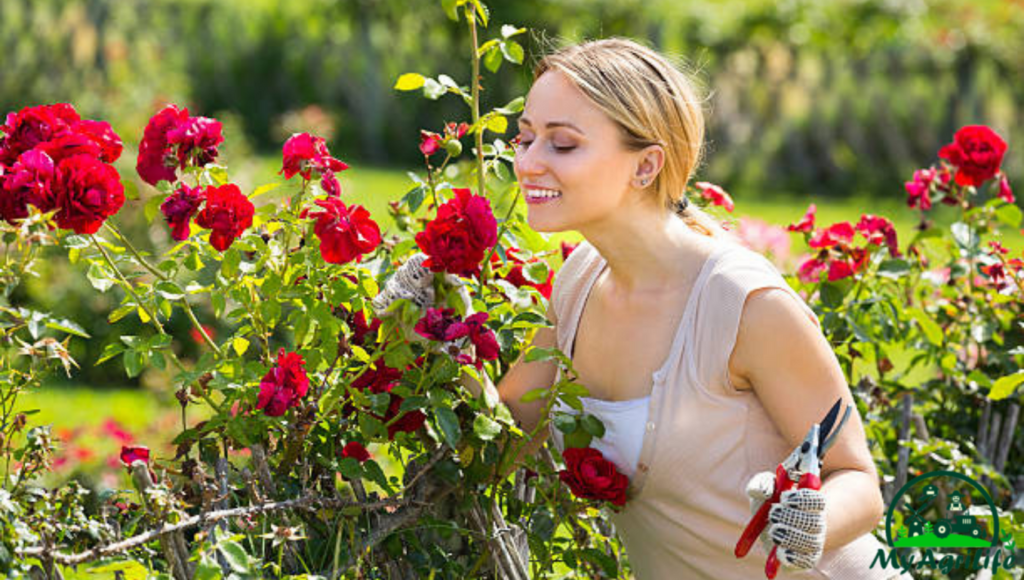
1.Fertilizer: Roses require regular fertilization throughout the growing season to maintain healthy growth and flowering. Use a balanced fertilizer with an N-P-K ratio of 10-10-10 or 15-15-15, applied at a rate of 1/2 to 1 cup per plant every 4-6 weeks from early spring until late summer. You can also use organic fertilizers such as compost, bone meal, or blood meal.
2.Soil Amendments: Soil amendments such as compost, manure, and peat moss can help improve soil fertility and structure. Adding these amendments to the soil before planting and periodically throughout the growing season can provide your roses with the nutrients they need to thrive.
3.Foliar Spray: Foliar sprays can be used to provide additional nutrients and protect against pests and diseases. A general-purpose foliar spray can be made by mixing 1 tablespoon of fish emulsion, 1 tablespoon of liquid seaweed, and 1 tablespoon of apple cider vinegar in 1 gallon of water. Spray the foliage every 2-3 weeks during the growing season.
4.Insect and Disease Control: Roses can be susceptible to a range of pests and diseases, including aphids, mites, powdery mildew, and black spot. Use insecticides and fungicides as needed to control these problems, following the instructions on the label carefully to ensure safe and effective use.
It’s important to note that over-fertilization and excessive use of chemicals can harm your roses, so it’s important to follow the recommended dosages and use products that are safe for your specific cultivar. Regular monitoring and adjustment of your fertilization and spray schedule based on the specific needs of your roses can help ensure healthy, beautiful plants.
Weeding & Irrigation Rose
Weeding and irrigation are important aspects of rose care. Here are some guidelines to consider:
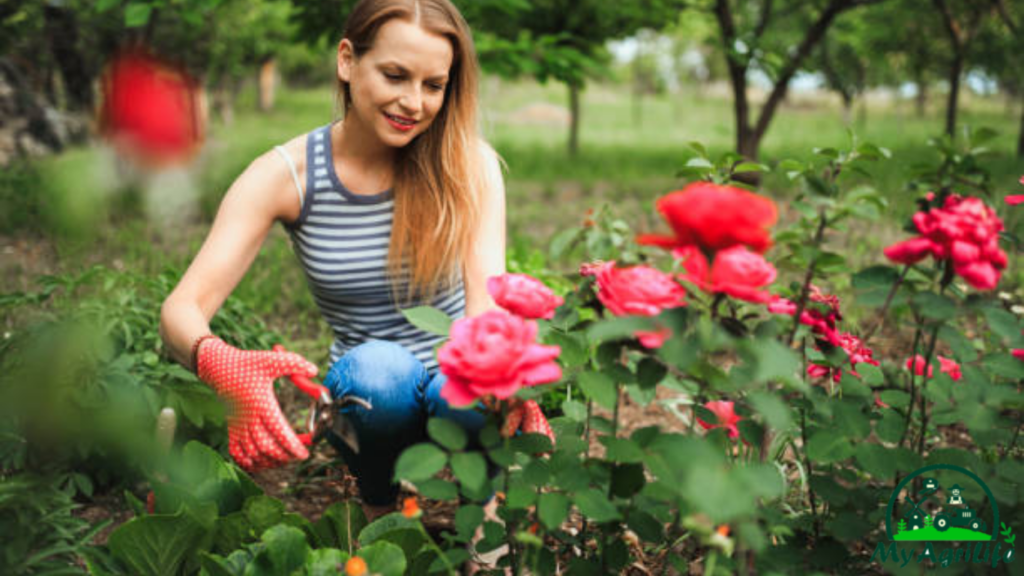
1.Weeding: Weeds compete with roses for water, nutrients, and sunlight, so it’s important to keep them under control. Hand-weeding is the safest and most effective method of weed control, especially around the base of the plant where it’s important not to damage the roots. Mulching can also help suppress weeds.
2.Irrigation: Roses require consistent soil moisture, but overwatering can lead to root rot and other problems. Water deeply and thoroughly once or twice a week, depending on rainfall and soil conditions. Soak the soil around the base of the plant, being careful not to get water on the leaves or flowers. Consider using a drip irrigation system or a soaker hose to deliver water directly to the roots and reduce water loss through evaporation.
3.Timing: Water in the early morning or late afternoon to avoid the heat of the day, which can cause water to evaporate quickly and increase the risk of fungal disease. Watering in the evening can also cause the leaves to remain wet overnight, which can promote fungal growth.
4.Water Quality: Rose plants are sensitive to water quality, so it’s important to use clean, fresh water. Avoid using water that is high in salts, chlorine, or other chemicals, as these can harm the plants.
By following these guidelines, you can help ensure healthy, beautiful roses that will thrive in your garden. Regular monitoring and adjustment of your weeding and irrigation schedule based on the specific needs of your roses can help ensure optimal growth and flowering.
Harvesting & Storage Rose
Harvesting and storing roses can help you enjoy their beauty and fragrance for longer. Here are some guidelines to consider:
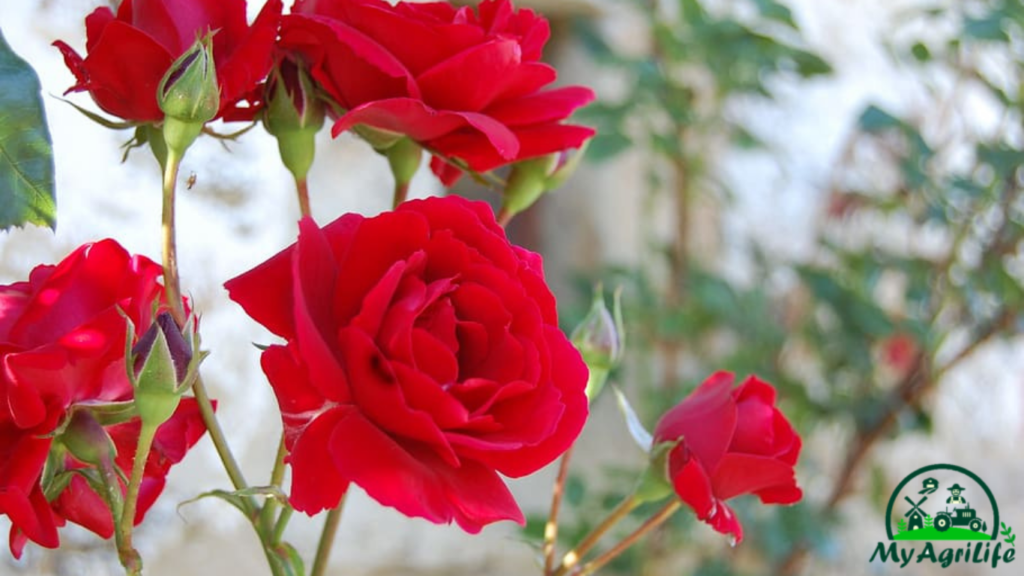
1.Harvesting: Cut roses in the morning when they are at their freshest, and before the buds are fully open. Use clean, sharp scissors or pruning shears to make a clean cut at a 45-degree angle. Cut the stem at a length of 12-18 inches, depending on the size of the flower and the vase you plan to use.
2.Conditioning: Immediately after harvesting, place the cut roses in a bucket of clean, cool water. Remove any leaves or thorns that will be below the waterline, as these can promote bacterial growth. Allow the roses to sit in the water for several hours, or overnight, to hydrate and condition the stems.
3.Storage: Once the roses are fully hydrated, you can store them in the refrigerator to prolong their vase life. Wrap the stems in damp paper towels, and place them in a plastic bag with some air holes. Store the roses in the vegetable crisper drawer, which provides a cool, humid environment. Alternatively, you can keep them in a cool, dark room with a vase of water.
4.Vase Life: With proper conditioning and storage, cut roses can last up to a week or more in a vase. Change the water every 2-3 days, and trim the stems at a 45-degree angle every time you change the water. Keep the vase away from direct sunlight and heat, and avoid placing it near fruit, which releases ethylene gas that can cause the roses to wilt.
By following these guidelines, you can help ensure that your cut roses remain fresh and beautiful for as long as possible. With proper care, you can enjoy their fragrance and beauty for days to come.
Conclusion
Rose farming can be a rewarding and fulfilling experience, as roses are beloved for their beauty, fragrance, and versatility. Whether you are growing roses for personal enjoyment or commercial purposes, there are several key factors to consider for successful cultivation.
These factors include land preparation and soil health, choosing the right cultivar, proper planting and pruning techniques, irrigation and weed control, fertilization and crop spray, and harvesting and storage. By carefully attending to these aspects of rose farming, you can help ensure healthy, vigorous plants that produce abundant blooms.
However, it’s important to note that rose farming can also be challenging, as roses are susceptible to a range of pests and diseases, and require regular monitoring and maintenance. It’s important to educate yourself on the specific needs of your chosen cultivar, and to be prepared to adjust your farming practices based on the unique conditions of your growing environment.
Overall, with the right knowledge, tools, and techniques, rose farming can be a fulfilling and profitable endeavor that allows you to enjoy the beauty and fragrance of these timeless flowers.








